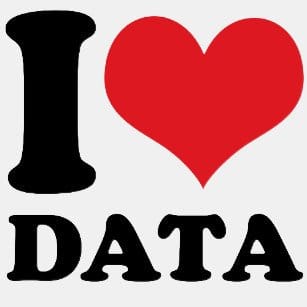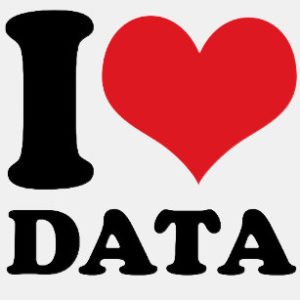Turn your data geeks into customer geeks

 What would you do if you had so much data about your customers that you know could know (almost) everything about your customer when they contacted you? Better yet, what if you had the ability to instantly know the exact offer for service or product that would pitch the right ‘sales’ approach that your customer would immediately sit up, take notice and spend money?
What would you do if you had so much data about your customers that you know could know (almost) everything about your customer when they contacted you? Better yet, what if you had the ability to instantly know the exact offer for service or product that would pitch the right ‘sales’ approach that your customer would immediately sit up, take notice and spend money?
Most of you would jump at the chance to have this information about your clients. You may be willing to open up the checkbook for a huge amount of money to make this happen. What if I told you that you don’t need to do much more than get a better grasp on your data and understand how to use that data to build a 360 degree view of your customer?
Granted, you may need to collect a bit more data (and perhaps find new types of data) and you may need to implement some new data management processes and/or systems, but you shouldn’t have to start from scratch – unless you have no data skills, people or processes. For those companies that already have a data strategy and a team of data geeks, building a customer-centric view with data can be extremely rewarding.
Many companies consider themselves ‘customer-centric’ and have built programs and processes in order to ‘focus on the customer. They may have done a very good job in this regard but there’s more than can be done. Most organizations have focused on Customer Relationship Management (CRM) as a way to help drive interactions with clients. While a CRM platform is important and necessary, most of these platforms are nothing more than data repositories that provide very little value to an organization beyond the basics of ‘we talked to this person’ or ‘we sold widget X to that customer.’
Utilizing proper data management and the data lake concept, companies can begin to build much broader viewpoints into their customer base. Using data lakes filled with CRM data along with customer information, social media data, demographics, web activity, wearable data and any other data you can gather about your customers you (with the help of your data science team) can begin to build long-term relationships built on more than just some basic data.
In addition to better relationships with your customers, a data-centric approach can help you better predict the activities of your customers, thereby helping you better position your marketing and messaging. Rather than hope your messaging is good enough to reach a small percentage of your customer base, the data-centric approach can allow you to take advantage of the knowledge, skills and systems available to you. Additionally, this approach will allow your data team to create personal and individual programs and messaging to help drive marketing and customer service.
Originally published on CIO.com


Comments ()